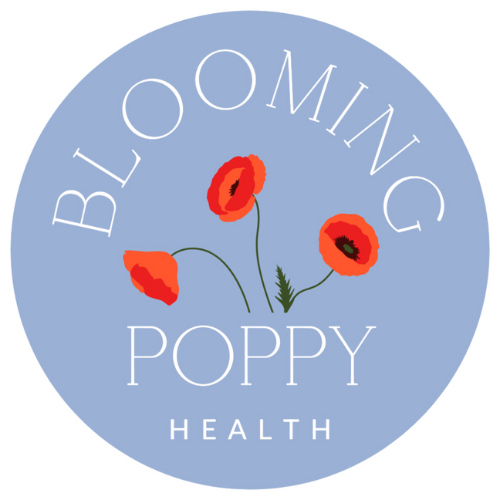Period Blood Color: What could it mean
A healthy period should be blood-red, meaning it should be the color you would see if you cut your arm or scraped your knee. When it is another shade of red either darker or lighter, that is when we should do some investigating into what is going on internally to cause this imbalance. Sometimes there are physiological reasons, and sometimes there are just underlying imbalances in the way the blood is flowing.
So, let’s take a look at period blood color and what it means, from a Chinese Medicine perspective.
Period Blood Colors:
A period that is dark red or purple (and may be clotted) shows Blood stagnation—this may be seen with cysts, fibroids, endometriosis, painful cramps, low back pain, purple tongue, dark sublingual veins, and heavy menstrual bleeding. Dark red or purple blood is blood that is very stagnated and has impaired circulation. It can be caused by coldness in the uterus.
Lifestyle Tips:
Foods: green onions, beans + lentils, spicy foods, garlic, beets, lean meats (avoid fatty meats), soups, stews, hot water, sweet potatoes
Movement: cardio, weightlifting, massage, castor oil packs, regular and consistent movement throughout the day, stay warm
Herbs: ginger, cayenne, turmeric, cinnamon
Tests to possibly get: ultrasound, ferritin, inflammatory markers, full hormonal panel throughout cycle
A period that is brown shows Liver Qi stagnation—this may be seen with pms symptoms, irritability, breast tenderness, and hormonal imbalances. Brown blood is blood that moves slowly and has oxidized before leaving the body. It can also be seen as spotting before or after the period. It is also associated with estrogen dominance (either the liver is stagnated and not detoxing estrogen efficiently or the body is making too much estrogen and the liver is overloaded from stress).
Lifestyle Tips:
Foods: broccoli, leafy greens, citrus, pickled vegetables, beans + lentils, brussel’s sprouts, broccoli sprouts, garlic, high fiber diet, cruciferous vegetables, lean proteins, foods low in saturated fats
Movement: jogging, light weights, elliptical, walking meditation, dancing, hip stretches, deep breathing
Herbs: dandelion leaf, red clover, chaga
Tests to possibly get: estrogen (get it tested throughout cycle to see changes), progesterone in luteal phase
A period that is pale or pink shows Blood deficiency—this may be seen with anemia, fatigue, dizziness, light periods, pale skin, pale lips, pale tongue, and a diet lacking in protein and proper nutrients. This is seen a lot with female athletes, vegans/vegetarians, and people who over-work and over-exercise.
Lifestyle Tips:
Foods: red meat, oysters, shrimp, mussels, dark leafy greens, black beans + lentils, cherries, blackstrap molasses, cod liver oil
Movement: no formal exercise other than walking and light stretching, lots of rest especially around period
Herbs: nettles, red raspberry leaf, black woodear mushroom, he shou wu
Tests to possibly get: full iron panel including iron saturation, TIBC, and ferritin, b12, folate
A period that is bright red shows Heat in the blood and/or Yin (fluids) deficiency—this may be seen with agitation, hot flashes, dry skin, dry hair, restlessness, and anxiety. This can be seen in any age, but Yin deficiency is more common in older age. In younger women, I usually see a mix of Liver Qi stagnation with Heat (lots of irritability, unease, and anger around period)—if this is you, utilize the tips above for Liver Qi stagnation as well.
Lifestyle Tips:
Foods: cucumbers, mint, mung beans, lots of water, hemp seeds, cashews, olive oil, walnuts, chia seeds, psyllium husk
Movement: yin yoga/deep stretching, no hot yoga or saunas, walking
Herbs: peppermint, tremella mushroom, spearmint
Tests to possibly get: cycle day 3 estrogen test, minerals, full hormonal panel throughout cycle
All types can be helped greatly with Acupuncture and an individualized herbal formula.

